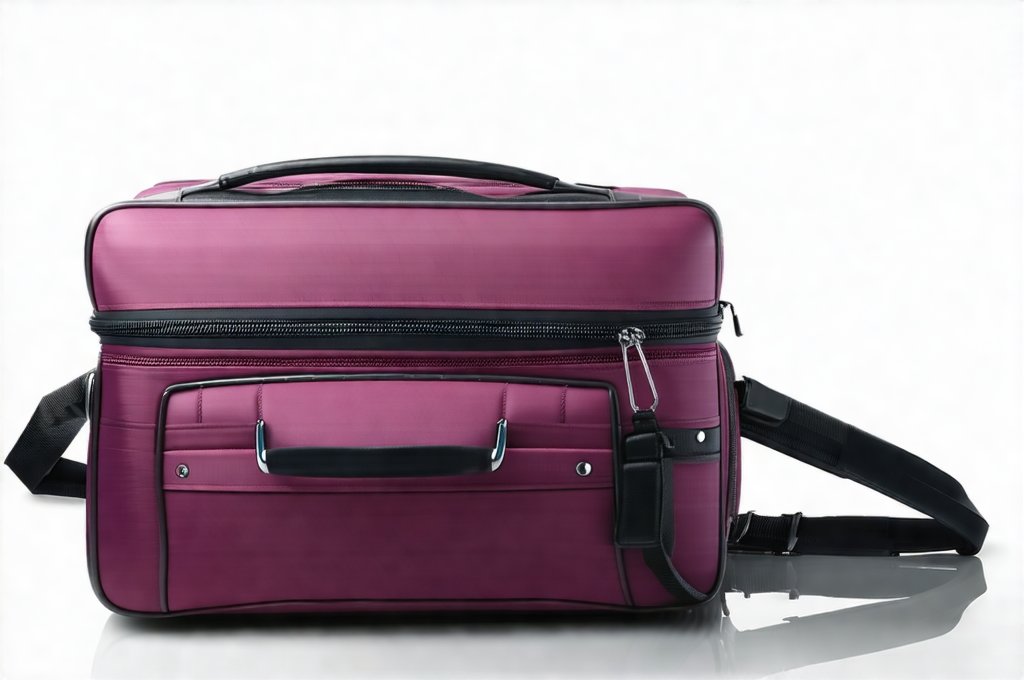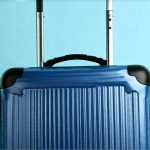Chronic pelvic pain (CPP) can be debilitating, impacting every facet of life – from work and relationships to simple daily activities. For those living with CPP, the prospect of travel can feel overwhelming, conjuring anxieties about flare-ups, accessibility, and managing symptoms far from home. However, it doesn’t mean travel is impossible! With careful planning, proactive strategies, and a realistic approach, individuals with CPP can enjoy enriching travel experiences. This article aims to provide practical tips and insights for navigating travel while living with chronic pelvic pain, empowering you to explore the world confidently and comfortably.
The key to successful travel with CPP isn’t about eliminating potential challenges – it’s about anticipating them and preparing accordingly. It requires a level of self-awareness regarding your specific triggers, limitations, and coping mechanisms. This preparation extends beyond packing medications or mobility aids; it involves thoughtful consideration of destination choices, activity levels, and the availability of support systems both during travel and at your destination. Remember that prioritizing rest and pacing yourself are crucial components of any successful journey when managing chronic pain.
Planning & Preparation is Paramount
Thorough planning is arguably the most important aspect of traveling with CPP. Start well in advance – ideally several months before your trip – to allow ample time for research, medical consultations, and logistical arrangements. This preparation phase will significantly reduce stress and increase your peace of mind. Begin by discussing your travel plans with your healthcare team. They can offer personalized advice regarding medication management, potential adjustments to your treatment plan, and any necessary precautions based on your specific condition and destination. Don’t hesitate to ask questions and address any concerns you may have.
Beyond medical consultation, consider the nature of your trip itself. Are you planning a fast-paced adventure or a relaxing getaway? Choose destinations and activities that align with your energy levels and limitations. Avoid overly strenuous itineraries or environments known to exacerbate your symptoms. Research accessibility options at your destination, including transportation, accommodation, and attractions. Look for hotels with accessible rooms, nearby medical facilities, and convenient access to amenities. Finally, create a detailed itinerary that includes built-in rest periods and flexibility to accommodate potential flare-ups. Understanding what medications used for CPP can also help with planning.
Navigating Travel Logistics & Comfort
Once you’ve established the broad strokes of your travel plan, focus on the practical details that will contribute to a smoother journey. This includes medication management, packing essential comfort items, and arranging for appropriate support during transit. When it comes to medications, always carry more than enough for the duration of your trip, plus extra in case of delays or unforeseen circumstances. Keep all medications in their original packaging with clear labeling, along with a copy of your prescription. Consider using a pill organizer for easy access and organization.
Packing should prioritize comfort and symptom management. Include items such as: – A portable heating pad or ice pack – Comfortable clothing that doesn’t constrict movement – Supportive footwear – prioritizing comfort over style is key! – Travel-sized pain relief products (e.g., topical creams, aromatherapy oils) – A cushion for prolonged sitting – Any necessary medical devices or aids.
During travel itself – whether by plane, train, or car – prioritize minimizing stress and maximizing comfort. Stay hydrated, move regularly to prevent stiffness, and take breaks as needed. If flying, request a seat with extra legroom or aisle access to facilitate movement. Consider using compression socks to reduce swelling and improve circulation. Communicate your needs to airline staff or travel companions. Those who experience bladder sensitivity may find traveling safely especially challenging, requiring extra planning.
Managing Flare-Ups on the Go
Flare-ups are an inevitable part of living with chronic pain, and it’s crucial to be prepared for them even while traveling. Having a pre-planned strategy can help minimize disruption and anxiety. First, acknowledge that flare-ups happen – don’t beat yourself up about it! Allow yourself permission to rest and adjust your plans accordingly. If you’re experiencing increased pain, seek out a quiet space where you can relax and utilize your coping mechanisms (e.g., deep breathing exercises, meditation, gentle stretching).
Second, have a readily accessible “flare-up kit” containing essential items like pain medication, heating pad/ice pack, comfortable clothing, and any other tools that help manage your symptoms. If your flare-up is severe or accompanied by concerning symptoms (e.g., fever, nausea), seek medical attention immediately. Research the location of nearby hospitals or clinics at your destination before you travel. Finally, don’t be afraid to modify or cancel planned activities if necessary – prioritizing your well-being is paramount.
The Importance of Pacing and Rest
Pacing yourself is absolutely essential for managing CPP during travel. Avoid overexertion by breaking down activities into smaller, manageable chunks. Interweave periods of activity with frequent rest breaks. This doesn’t mean you have to skip out on everything – it simply means being mindful of your limits and adjusting your pace accordingly. For example, instead of attempting a full-day sightseeing tour, opt for shorter excursions or explore attractions at a slower pace.
Rest isn’t just about physical relaxation; it also encompasses mental rest. Travel can be mentally stimulating but also overwhelming. Schedule downtime to decompress, recharge, and process your experiences. This could involve reading a book, listening to music, practicing mindfulness, or simply spending time in nature. Remember that prioritizing rest is not a sign of weakness – it’s an act of self-care that will enable you to enjoy your travels more fully. Creating a home office setup can help with pacing before and after trips.
Communicating Your Needs Effectively
Don’t hesitate to communicate your needs clearly and effectively to travel companions, hotel staff, airline personnel, or anyone else who can assist you. Explain your condition in a concise and informative manner, outlining any specific accommodations or support you require. This might include requesting an accessible room, asking for assistance with luggage, or explaining the need for frequent rest breaks.
Be assertive but polite when advocating for yourself. Remember that you are the expert on your own body and know what you need to stay comfortable and manage your symptoms. It’s also helpful to have a pre-written statement outlining your needs that you can easily share with others if necessary. By proactively communicating your requirements, you can minimize misunderstandings and ensure a more positive travel experience. If work is a source of stress, consider managing work stress to reduce potential flare-ups.





















